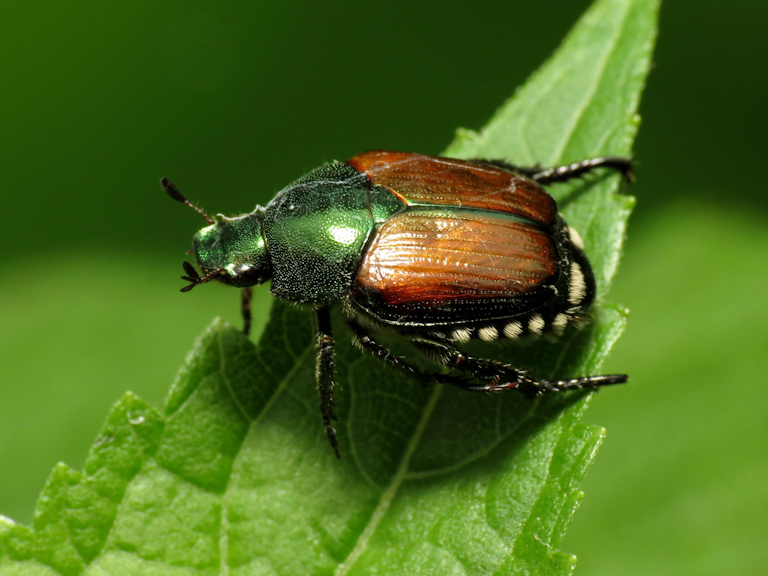This last winter here in IC was the most brutal I've seen in my almost 70 years of living in Iowa in terms of killing shrubs and trees; I think it was the combination of having record breaking warmth up until mid-January, so woody plants weren't really dormant, then the horrible blast of -29 cold with high winds. Many of these plants had their vascular system just explode. I lost 30 year old magnolias, about 25 Japanese maples, and many other woody plants, and saw something I never have seen or even thought could happen: Tatarian honeysuckles in the woods, many 25 feet or more tall, died back almost to the ground. I didn't think that was remotely possible.




